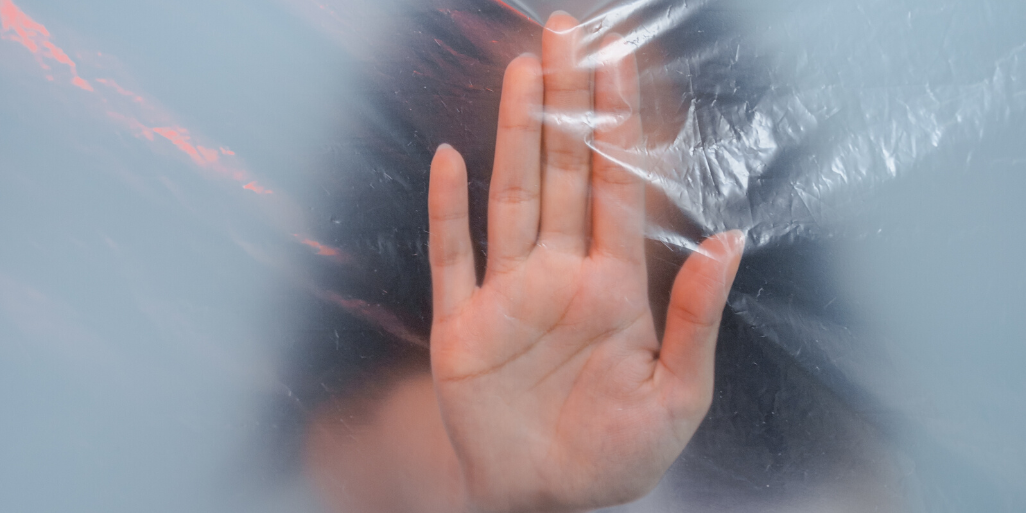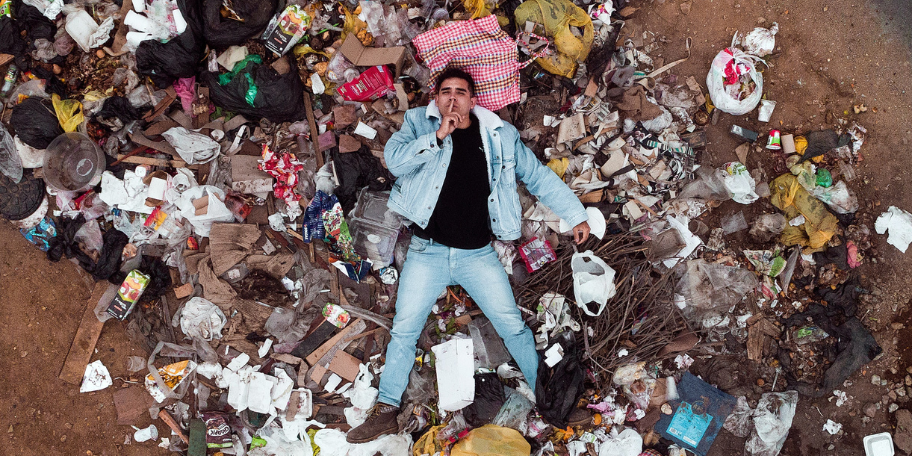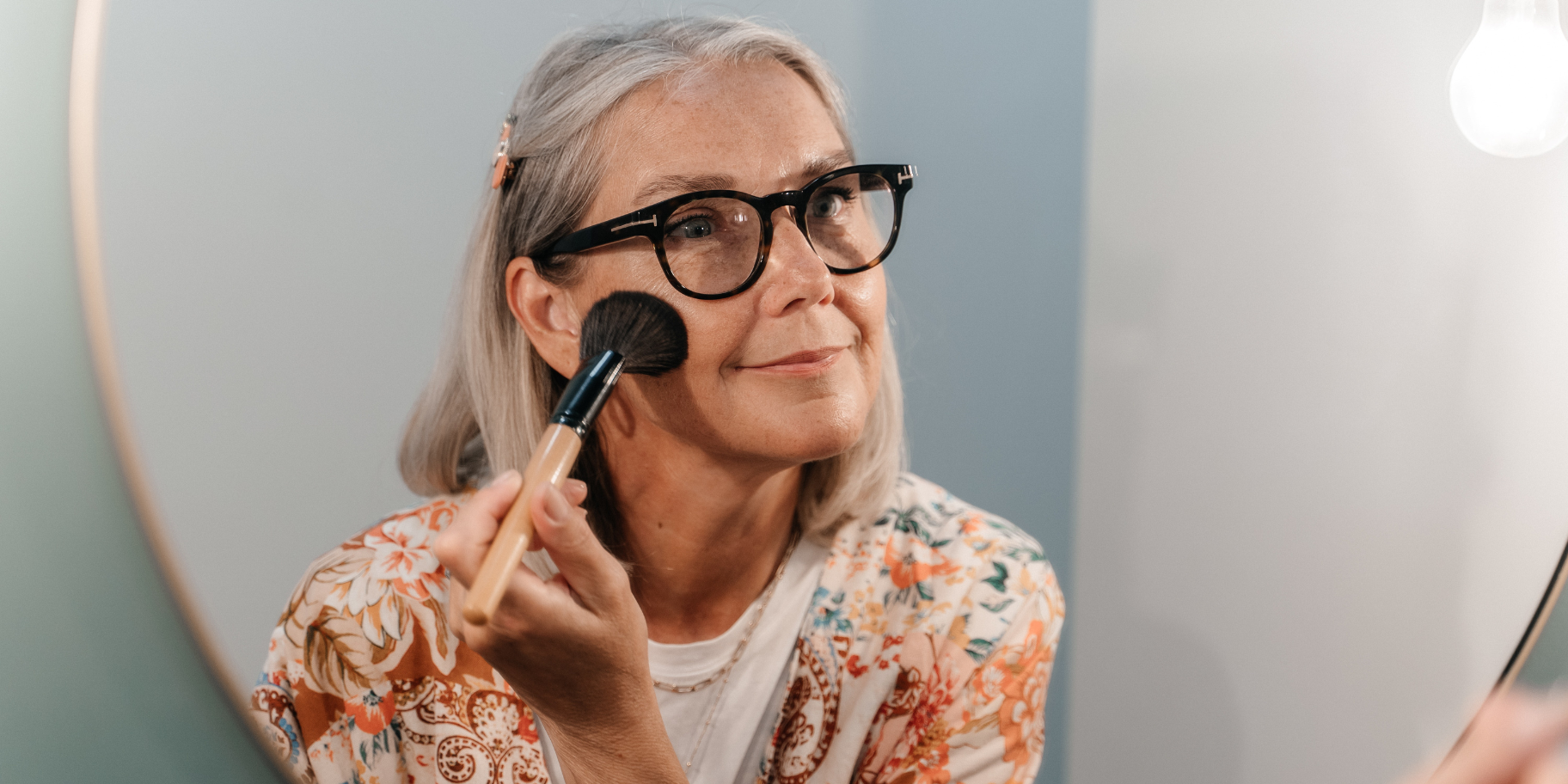The Beauty Industry's Plastic Problem: How We're Saying No

You might be familiar with trendy phrases like ‘reduce, reuse, and recycle’ and ‘upcycling’ but they shouldn’t be concepts exclusively applauded online. Eco-friendly “trends” should be a part of all households buying decisions and lifestyles. Reducing your ecological footprint is far more important than doing it for social media clout. It’s a crucial part of being a responsible consumer and inhabitant of our gorgeous planet. Ultimately, less plastic production means cleaner beaches to vacation on and fewer microplastics in your food. (Yes, we said food.)

Canada's (and the World's) Plastic Problem
If the header didn’t tip you off, then we’ll say it again, Canada has a plastic problem, and so does the rest of the world. The British Beauty Council says that 95% of cosmetic packaging ends up in the world's landfills. Oceana, Inc. makes the big statement that Canada has a plastic problem. Their research shows that 86 percent of the country's plastic waste is dumped in a landfill.
But those numbers are hardly accurate, there is a major problem with plastic waste being exported from the United States, Canada, and the U.K. to countries in Asia where it's recycled or disposed of improperly. “This can create a distorted impression of how much waste the sending and receiving countries generate.” — worldpopulationreview.com
Regardless, we know these are big numbers, and to you, it may seem like, “how can I, a single person, change a number so large?” Well, it starts with you, then your children, friends, and maybe even your parents, and the web of influence continues from that point. But beyond influence, your individual impact amounts to a significant number by itself.
The Plastic You're Buying and The Plastic You're Eating
This was the sub-header for a recent Aljazeera article: “Plastic production surged in the last 50 years, and we could be ingesting the equivalent of a credit card of plastic a week.” Yikes.
The average Canadian roughly uses 125 kilograms of plastics per year. Most of that plastic ends up in a landfill and a small amount ends up in your body. It’s easy to disconnect how ‘trash in our landfills and oceans’ can affect our personal health, and that’s because, as a modern society, we fail to see how interconnected our ecosystem remains. Fish eat the plastic in the sea, we eat fish, it’s not so distant. Even our drinking water (tap or bottled) contains microplastics.
Most countries have a waste problem, and it’s because the plastic industry has had years to do as they please in comparison to much newer sustainability efforts. And frankly, the Canadian (or any other country's) personal care and beauty industry can’t amount to billions of revenue per year with no trace and no waste. The ugly truth is tons of beauty products come in pretty plastic packaging, and then they go into the garbage—our planet, our food, our pets, our families, and yes, our bodies.
This is Why Recycling is not Enough
At the rate we’re producing plastic, recycling is no longer enough. That's what needs to be considered when asking questions like "How can we make the beauty industry more sustainable?" We created sugarcane packaging trays, the first of their kind for our magnetic eyelash line, not because it was cost-effective but because we said no to being a part of the beauty industries plastic problem. Not only do our sugarcane trays act as long-term storage for our reusable eyelashes but they’re also compostable, meaning they break down centuries faster than plastic. In 12 weeks to be exact they’ve begun decomposing. (interested in seeing it for yourself? We put them to the test, watch that here)
To quote our founder, “recycling is great but won't fix everything (creation of new waste, etc.), so a long-term solution for us was using compostable materials where possible.”
By purchasing from brands, like us, who are inclined to go beyond the bare minimum and invest in biodegradable, compostable, or recyclable packaging, you’re telling big brands to create less waste. All while still being able to indulge in the fun of buying new (more responsible) beauty products. If the demand for plastic containers goes down, so does production. There are alternatives, they just require more research and funding, which tends to eat into bottom lines - but we think choosing to do what is right far outweighs choosing to do what’s easy. As a single consumer, you can force big businesses to do better. If you haven't read our blog post “Tips on Recycling or Reusing Your Packaging,” we invite you to check it out. We'll tell you some clever ways to reuse your packaging, like making our shipping boxes and such, into gardening pots. Having said that, we mentioned our eyelash trays are compostable, so we wanted to leave you with a beginner's guide to composting our lash packaging.
Let us know how it goes in the comments below!
How to start a Composting Bin
Composting is pretty straightforward, but we will lay out a few tricks and tips below. However, first, we want to tell you some compelling motivational reasons that will inspire you to begin composting.
What to do with Your Mature Compost
- Use it to keep those expensive (and particularly stubborn) potted plants alive and thriving
- Donate it to a local community garden
- Link up with a farmer or flower grower in your area who may be able to make good use of the compost
- Use it to revitalize your own garden soil and help the soil retain moisture better
- Sell your mature compost at a farmer's market (extra money from your waste? Yes, please!)
- Invite buyers (safely) to purchase compost from your backyard and bring their own buckets
- Create plant/flower food by brewing a “compost tea”
- Lay it over rough or off-colored grass/lawn to bring it back to life
To begin composting, you will need to get your hands on the proper type of bin. Fully-enclosed bins are probably the most commonly thought of, but those can actually trap in too much moisture, and scare away worms that help break down the waste. So skip purchasing a plastic bin (we want to lessen our plastic buys anyways.) A good container will allow the waste to touch the earth below it, allowing airflow and compost flies and worms a path into the heap so the process can begin.

What is Compostable?
If you can grow it (vegetables, fruits, nuts, and grains) in a field, it can be composted, along with…
- Plant prunings
- Grass cuttings
- Tea Bags
- Coffee grounds (will take roughly 3 to 4 months to decompose)
- Unbleached coffee filters (we’ve heard worms love them)
- Eggshells
- Cardboard egg cartons
- Scrunched-up paper scraps
- Newspapers/ receipt paper/ bank statements/ and the like
- Empty paper towels and toilet paper rolls
- Grass cuttings
- Decomposed organic mulch (undyed)
- Fallen leaves
- QMBeautique sugarcane eyelash trays (remove magnets from trays and place in the garbage)
- Dairy* (Yes, it can be composted, but likely to make your compost smell atrocious and attract rodents. Your choice.)
Adding bones, meat, and the such to your compost bin is a no-go. When the meat begins to decompose it can become infected with bacteria that will then go on to infect your compost pile, soil, and plants. No one wants that. Also, avoid putting shiny paper in your compost bin because it could be laminated with plastic polymers. The following are not compostable in this manner: sick plants, pet waste, cooking fat, weed seeds, treated wood, or large branches (too big and they’ll take a while to break down.)
If your new soil stinks or has an unpleasantly strong odor, it's not ready to use. A mature compost will smell like a forest floor after fresh rain.




Comments